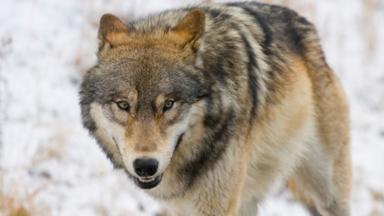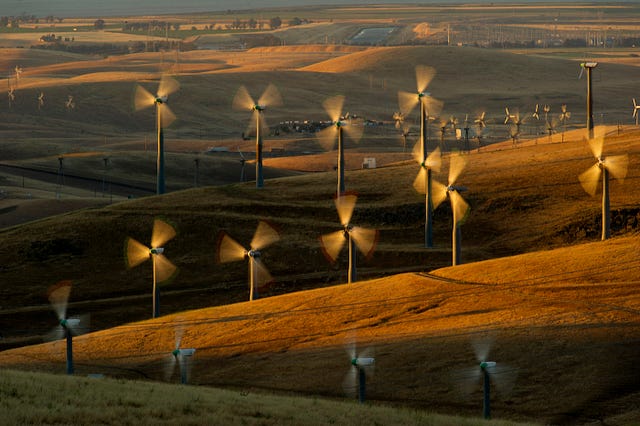
As part of meeting its commitment under the Paris Agreement, the European Union announced it will build no more coal plants after 2020.
Read more: https://thinkprogress.org/europe-no-coal-after-2020-pledge-12d06e49a986

Read more: https://thinkprogress.org/europe-no-coal-after-2020-pledge-12d06e49a986
On April 30, Germany established a new national record for renewable energy use. Part of that day (during the long May 1 weekend), 85% of all the electricity consumed in Germany was being produced from renewables such as wind, solar, biomass, and hydroelectric power. Patrick Graichen of Agora Energiewende Initiative says a combination of breezy and sunny weather in the north and warm weather in the south saw Germany’s May 1 holiday weekend powered almost exclusively by renewable resources.
Read more: https://cleantechnica.com/2017/05/08/germany-breaks-solar-record-gets-85-electricity-renewables/

In Yellowstone, the wolves quickly reclaimed their spot as top predator. Ecologist William Ripple of Oregon State University has been studying the wolves since their return. He found that, within a decade of their release, the wolves had cut the number of elk – their main prey – by half. The surviving elks avoided the wolves’ core range and stayed on the periphery. Woody trees like aspen and willow, which had been chewed and trimmed by zealous elks, now grew tall and lush.
Read more: http://www.bbc.com/earth/story/20170516-when-wolves-return-to-the-wild-everything-changes

Traditional energy companies and mainstream financial publications are finally waking up to the new reality: The shift to renewable energy, electric cars, and a low-carbon economy is now unstoppable. The details of this transition are spelled out in a new, must-read, 4000-word article in the Financial Times, “The Big Green Bang: how renewable energy became unstoppable.” What is most remarkable about the article is that it appears in the Financial Times.
Read more: https://thinkprogress.org/renewable-energy-is-unstoppable-declares-financial-times-40c222f439bb
Read more: https://thinkprogress.org/report-u-s-solar-sales-doubled-in-2016-and-prices-dropped-20-percent-869b8a00989c#.r5oqwc66y
Children are not often invited to speak to the United Nations General Assembly. But there stood Felix Finkbeiner, German wunderkind in his Harry Potter spectacles, gray hoodie, and mop-top haircut—with a somber question about climate change. … “For most adults, it’s an academic question. For many of us children, it’s a question of survival,” he said. “Twenty-one hundred is still in our lifetime.”
Read more: http://news.nationalgeographic.com/2017/03/felix-finkbeiner-plant-for-the-planet-one-trillion-trees/
Life for Maila and Dawa Jangbo Lama came to a crashing halt when a 7.8-magnitude earthquake rocked Nepal in April 2015. The couple scurried out in the nick of time, but their house, which was also their boutique travel lodge and grocery store, was damaged beyond repair. It seemed that life would never be the same again. But the resilient pair came up with an ingenious solution – and two years on, their village has bounced back in a most remarkable way.
Read more http://www.bbc.com/travel/story/20170220-the-man-who-rebuilt-a-village
Read more: http://www.smithsonianmag.com/smart-news/scientists-think-theyve-found-oldest-fossil-ever-180962343/#Ob0gZPALBE88KS49.99
Give the gift of Smithsonian magazine for only $12! http://bit.ly/1cGUiGv
Follow us: @SmithsonianMag on Twitter
The source of the unusual whistle turned out to be an unimaginable treasure: a rare cave-dwelling frog that had not been seen in over 50 years. This is Arthroleptis troglodytes, also known as a “cave squeaker.” Becker took the first photos of the species ever.
Read more: http://www.huffingtonpost.com/entry/cave-squeaker-frog-zimbabwe_us_58980f07e4b0c1284f26b92d